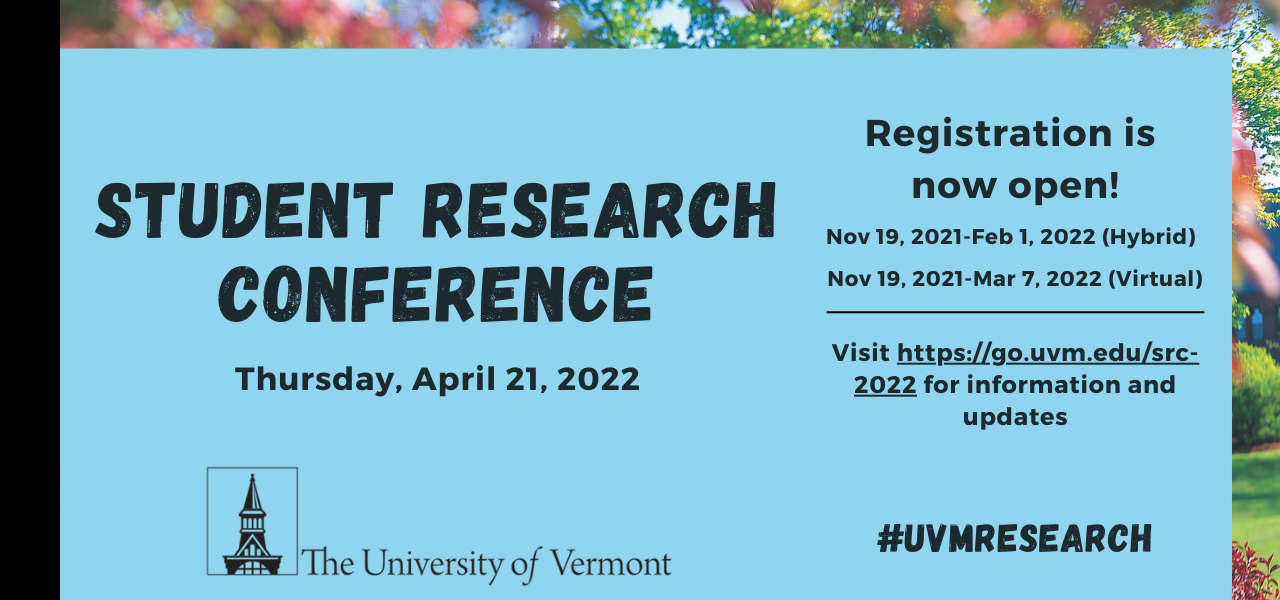Dairy-derived fatty acid incorporation into HepG2 cellular lipids
Conference Year
January 2022
Abstract
Effective interventions for type 2 diabetes (T2D) require research on the molecular mechanisms involved in its development and/or prevention. Despite current dietary recommendations, epidemiological data reports an inverse association between T2D incidence and dairy-derived fatty acids (FAs) – particularly trans-palmitoleic acid (TPA) and 15-methyl-hexadecanoic acid (MHA) – though controlled experiments are still warranted. The purpose of this study is to evaluate the incorporation of TPA and MHA into the lipids of human liver cells and the time or dosage factors controlling this process. The results will contribute to a larger investigation into the benefits of full-fat dairy consumption on lowered risk of T2D.
Primary Faculty Mentor Name
Jana Kraft
Graduate Student Mentors
Victoria Taormina
Status
Undergraduate
Student College
College of Agriculture and Life Sciences
Program/Major
Animal Science
Primary Research Category
Health Sciences
Dairy-derived fatty acid incorporation into HepG2 cellular lipids
Effective interventions for type 2 diabetes (T2D) require research on the molecular mechanisms involved in its development and/or prevention. Despite current dietary recommendations, epidemiological data reports an inverse association between T2D incidence and dairy-derived fatty acids (FAs) – particularly trans-palmitoleic acid (TPA) and 15-methyl-hexadecanoic acid (MHA) – though controlled experiments are still warranted. The purpose of this study is to evaluate the incorporation of TPA and MHA into the lipids of human liver cells and the time or dosage factors controlling this process. The results will contribute to a larger investigation into the benefits of full-fat dairy consumption on lowered risk of T2D.


